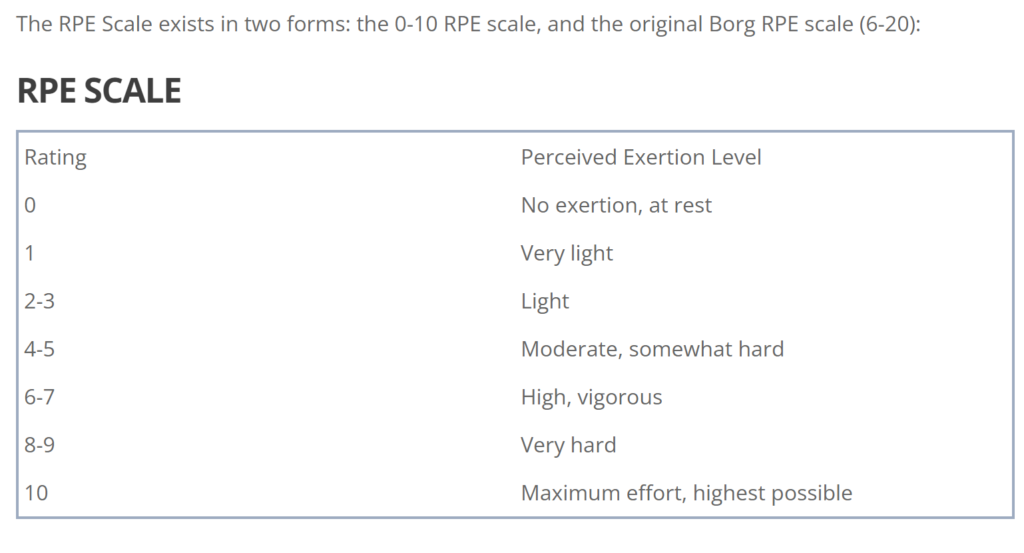
I’ve never been a huge fan of NPS or CSAT or CES in the work we do in Alumni Relations. I understand what they do, the way they quantify loyalty, measure an interaction or try to understand the journey to the customer’s goal. But, I felt that something was missing. The way the questions are framed provides guide rails for the user. The questions ask about the experience with the organization. But the goal of the questions is to understand how well the organization was perceived through the eyes of the customer, within the confines of the question being asked.
Ha- maybe this is the English major in me looking for a way out, but I’ve never been one who’s excelled within the confines of a question – true/ false, multiple choice, matching – I’m always looking to explain the caveat, the but if… or a unique case would be….
So my issue with the traditional CX scores is that although they say they’re measuring the customer experience, they aren’t getting to the heart of the customer. What, if anything is the customer feeling, working through, and dealing with when they show up to your survey questions? Qualtrics has some great articles on heuristics – biases- that we all show up to when working towards achieving our goals.
For anyone who’s worked out (intentionally or unintentionally), you’re most likely familiar with the Rate of Perceived Exertion (RPE) scale. Although you may not know that it has a name, you certainly know when you’re too busy breathing to stay alive and have a conversation. However, most fitness experts tell you that you want to exercise within a range where you can converse.

The scale above shows that the lower the number, the lower the exertion, the higher, the greater effort.
I exercise six days a week with a great groom of Zoom exercise enthusiasts. We’ve been sweating in our living rooms since COVID, with our fearless leader Danielle Formaro of Mighty Mamma Fitness. There are days (many) where my RPE hovers around an 8, but it’s more often between 5-7 – any higher and I growl “no” like Lego Batman.
What does this have to do with Customer Experience? A couple of things… take a look at that RPE scale through the lens of the Customer Effort Scale (CES). “Customer effort score (CES) is a single-item metric that measures how much effort a customer has to exert to get an issue resolved, a request fulfilled, a product purchased/returned or a question answered” (Qualtrics). The questions are usually posed on a five interval Likert Scale from “very easy to very difficult”. The goal is to keep things very easy for the customer in order to improve loyalty.
I would never use the CES when considering my Sweat Sesh workout, nor would I ever return to Danielle’s workouts if I rated them as “very easy”. I return to her workouts because they are between a 7-9 on the RPE scale.
Although CES and RPE are measuring two different things:
• Danielle wants me to consider how hard I’m working out to ensure that I’m getting the best results.
• My undergrad institution wants me to consider how hard their login infrastructure is so that they can make improvements.
RPE is about the user’s experience; CES is about the customer’s experience within the confines of the answers (and questions) posed by the company. RPE is truly individual-centric, while CES is company-centric.
If my undergrad is serious about changing its login, it will need to gather way more information than just CES. They’ll want to know the reasons I’m attempting to log in, what I’m hoping to find etc. Basically, they want to know that my reason, my goal for interacting with them is achieved. It’s a transaction, and they’re using CES to measure their success in helping me to my goal. I’ll say that again – they are measuring their success in getting me to my goal.
What if I told you that there is a metric that is far more customer-centric than any you’ve used before?
Perceived behavioral control
It measures the way that a customer feels about their journey in achieving their goal (login, purchase, donation, registration…). This is all about the individual and how they perceive their own ability in doing something. Did they understand the technology? Did they know the questions to ask to get something resolved? Did they have the time, money, and knowledge, to complete their goal?
This metric is all about them, about their interaction with your product, with the way that they felt, thought, and reacted along the way. It’s an internal view.
It’s like the Perceived Exertion Scale – how hard are they breathing? How much are they sweating? How much are they lifting? Can they continue to run as fast, lift as many reps?
It is a true customer-focused score, but I’d argue, a crucial score that we consider when looking at our customers’ journey. If they feel that they don’t have the knowledge or understanding to interface with your website, then they’ll go somewhere else.
I’d give Danielle’s classes a 10/10 for NPS, every day, regardless of those days where I’m lying on the floor, trying to get my legs to move. CES – a 1 so easy to navigate and log in. CSAT – a 1 – I’m always satisfied with the results.
None of those scores actually get to the heart of what I’m feeling, what I’m up against when I work out, why I do it, or what I get from it. All three of those scores are about her program and product, nothing about me, her customer. Yes, I’m loyal, yes I’m stronger than I’ve been for years, yes, I’m in shape, but none of those questions address why I keep showing up.
In alumni relations, we use an engagement score to measure how frequently alumni are engaging with the alumni relations office. It’s based on a scale of one to one hundred. It’s not a scale public scale, the way great NPS scores are shouted from the rafters. It’s a score primarily used for marketing, stewardship, and outreach. It also allows alumni relations to draw a correlation between the activities provided to alumni and the way they are responding.
Is there a score that we can begin to use to understand what’s happening with our customers at the time they interact with our organizations? Is there a score that provides an indicator of what they are feeling/ experiencing/ being influenced by that would allow us to create even better customer experiences- through their eyes?
I came across Perceived Behavioral Control while reading “Student-university Relationships and Reputation: a Study of the Links Between Key Factors Fostering Students’ Supportive Behavioral Intentions Towards their University” by Minjung Sung and Sung-Un Yato. The authors seek to understand how their student experience impacts the probability of their ongoing support (donations, volunteerism, or return for education) following graduation. Perceived Behavioral Control and define it as “one’s perception of how easy or difficult it is to perform the behavior”.
In the context of CX, should we consider perceived behavioral control to measure the way a customer feels about their journey in achieving their goal (login, purchase, donation, registration…) and how they perceive their own ability in completing the intended goal? For example, do they understand technology? Did they know the questions to ask to get something resolved? Did they have the time, money, knowledge, to complete their goal? While many of these things are outside of our control as businesses, I believe it’s important to understand in order to gain a more complete picture of our customers.
This metric has much more to do with how our customers are behaving in their environment with our service or product than how they are interacting with our company.
Like the Rate of Perceived Exertion which I use to monitor my own experience- how hard am I breathing? How much am I sweating? Can I run another mile? Can I lift another set? Perceived Behavioral Control is all about the customer and what they’re experiencing while interacting with your brand.
I’d love to know if there are organizations out there using a similar behavioral score – who’ve come up with a better name for customers to understand when applying it to themselves. I know, the last thing we need is to create more surveys and ask more questions. But, I believe, it’s a way to take another step in our customers’ shoes.
References
“Behavioral Guide to Customer Experience Design” Qualtrics https://www.qualtrics.com/xm-institute/behavioral-guide-to-customer-experience-design/
Sung, M., & Yang, S.-U. (2009). Student-University Relationships and Reputation: A Study of the Links between Key Factors Fostering Students’ Supportive Behavioral Intentions towards Their University. Higher Education, 57(6), 787–811. http://www.jstor.org/stable/40269159
RPE scale from https://blog.nasm.org/rate-of-perceived-exertion
“What is Customer Effort Score (CES) and How Do I Measure It?” Qualtrics https://www.qualtrics.com/xm-institute/behavioral-guide-to-customer-experience-design/



